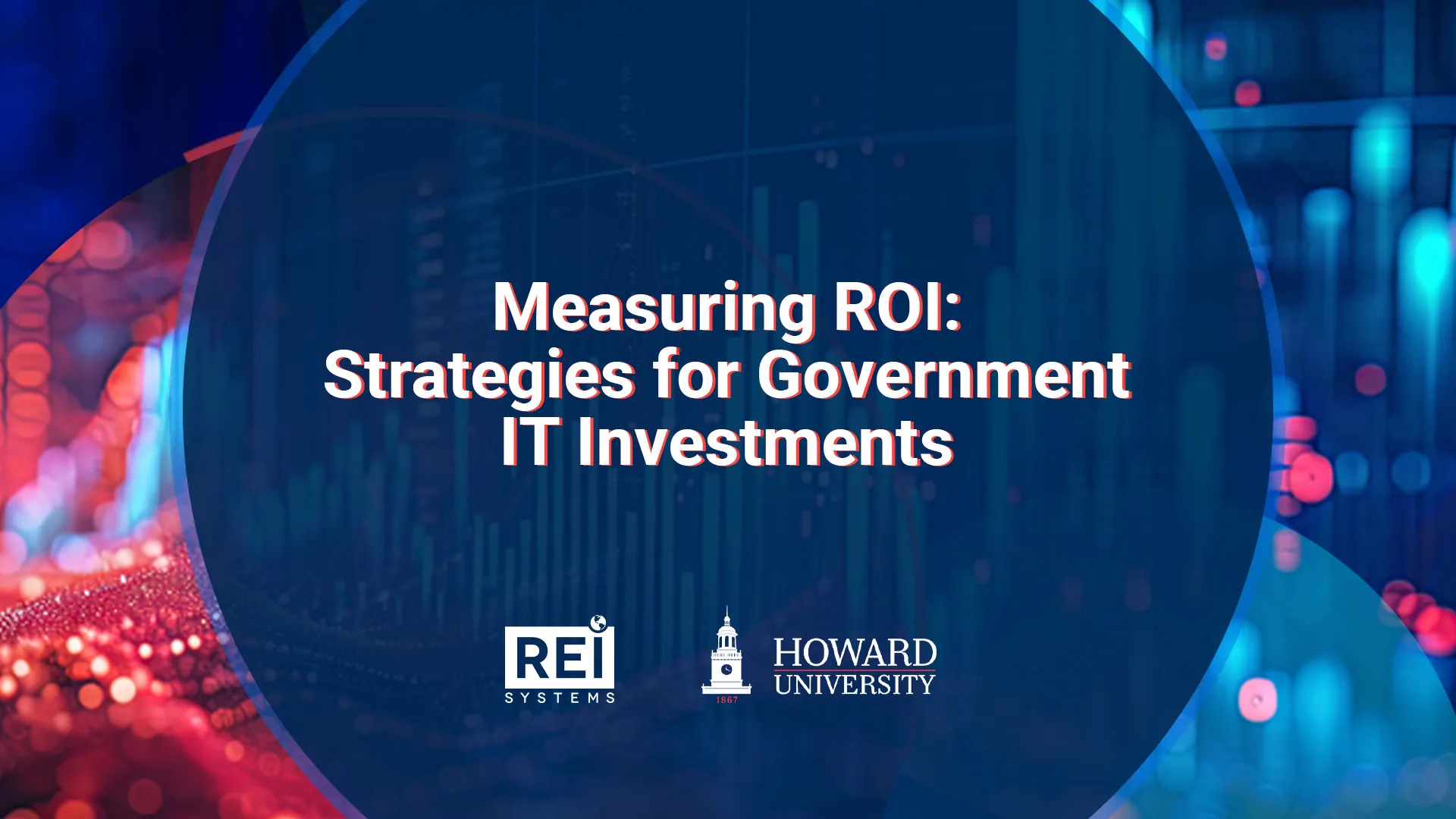By Shyam Salona and Jeff Myers
Government agencies and technologists are focused intensely on getting their work done (and mostly doing a good job of it). Our responsibility as a reliable, effective, and innovative IT partner to many government agencies is that we can step back and look toward the future, helping our customers prepare for it. Read Part 1, Part 2, Part 3, and Part 4 of the blog series.
This fifth blog in our series discusses topics such as taking the easy path/complacency, as well as topics that other pundits feel should be addressed soon, but which we believe perhaps should not be addressed – i.e., those for which we hold a contrarian perspective. These include:
- The Risks of Complacency: Agencies Face a Risk if They Do Too Little – from 2005 through 2020, Southwest Airlines did not do nearly enough to update its applications or infrastructure. As a result, the company faced a near-catastrophic breakdown in its ability to do business in late December of 2022. Southwest has been embarrassed and may lose a significant share of its market to competitors because it does not have the IT systems and capabilities to assure customers that it can operate effectively. This same risk could embarrass government agencies, and render them ineffective in achieving their mission.
- Contrarian perspective #1: The X-as-a-Service Model for Technology Solutions Will Plateau or Trail Off – A number of agencies have adopted technology solutions on an “as-a-service” basis because they perceive it is quick to implement, requires no big up-front investment, and they expect the vendor to improve/update the solution quickly with little or no cost if the context changes. The popularity of such solutions, however, will plateau, or decrease for four reasons: 1) Agencies are finding that X-as-a-Service is not actually any less expensive than a custom-developed solution; 2) Many cannot be customized to meet the complex and rapidly changing needs of a federal program; 3) the flexibility and quick-to-implement benefits can be had nearly as easily from better software development practices such as from Agile, DevSecOps, and microservices; and 4) X-as-a-Service vendors present the same vendor lock-in problem as no-code and low-code platforms.
- Contrarian perspective #2: There Will be a “Clapback” Against AI and Machine Learning – AI/ML will appeal to many agencies based on hopes of improving operating efficiency. However, many federal agency functions require significant judgment to apply law and regulation that can be somewhat vague. This dynamic will expose public agencies to a significant risk of embarrassment and criticism if they make poor decisions (or even simply decisions that are adverse). Agencies already fear the need to defend controversial decisions, and will likely be even more hesitant to have to defend decisions that are made using AI or ML that the agency doesn’t fully understand, and for which there is no real foundation to explain the basis for the decision.
About the authors:
- Shyam Salona is CEO of REI Systems, one of the Top 25 Government IT Vendors, and a leader in App Modernization, Data & Analytics, Custom Case Management Solutions, Grants Management and Advisory Services.
- Jeff Myers is a Senior Director at REI Systems who has more than 30 years of experience helping to improve government’s efficiency and effectiveness in achieving public sector missions.
If you would like to engage with Mr. Salona, Mr. Myers, or other experts at REI Systems, please contact info@reisystems.com




